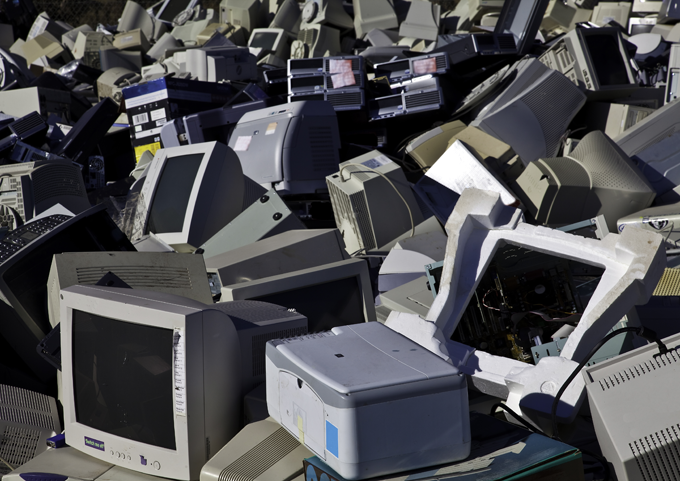As specialists in safe e waste recycling or disposal in Toronto, TechReset puts together a list of basic best practices for designing products for sustainability.
Wouldn’t it be nice if we could design out waste and pollution to create a world without waste to conserve our planet? In just an hour, roughly 900 metric tons of plastic waste enters the oceans – the mass of almost 600 cars. In the long term, this has severe negative impacts on marine life and the quality of the oceans and waterways.
The good news is more companies are taking action to increase the sustainability of their products. Together policymakers, raw material producers, miners, traders, manufacturers, investors, designers, consumers, and others need to work collectively to replace the linear economy with a circular one and it begins with considerations for circular design.
Use environmentally sustainable materials
Waste collection trends have demonstrated an increase in smaller, lighter IT assets. The majority of them are made using plastic containing BFR (the Brominated Flame Retardant) chemical compound. It helps to lessen the flammability of heat generated from the device but has limited-to-no recyclability. It is an ideal example of what product design specialists are undergoing today: The choice between circular design and functionality.
Steel, gold, and aluminum are materials known for their recyclability. These are wonderful for blending functionality with high levels of usability, which may be a reason they’re used in a lot of products. Other materials can be analyzed for their recyclability. By working with TechReset, a top-rated company for electronic recycling in Mississauga, at the product design level you can assess the recyclability of the product at the point of launch and include it in the product marketing.
Time is of the essence
In promoting the reuse of IT assets, it is always advised to have replaced IT equipment moved out as quickly as it moves in. The desirability and value of such products depreciates quickly so it isn’t advised to let equipment sit in storage. Over time, such devices can even break down. Particularly if the equipment is stored outside items can rust, batteries can swell, and oxidation can take place that can cause issues with resale.
Standardization is the key
Standardization of manufacturing materials and processes can help lower production and procurement costs. When it comes to disassembly of units, designing features into IT equipment that can assist in a more convenient disassembly makes the ITAD process more efficient. The features might include standardized screw types or tabs that are built-in and can be used to pull out different components easily.
Look into incorporating universal components, plugs, or batteries into the design. Where possible, consistent placement of components can facilitate manual dismantling for recycling and reuse.
Think about how items are packaged
Packaging can’t be left as an afterthought. More materials are being used than ever before as if we’ll never run out. Designing an eco-friendly product is essential, but if you package it in a non-recyclable substance, like Styrofoam, for instance, it defeats the intention.
In Conclusion
Sustainability is now business as standard, as plans are built into standard reports. The majority of reputed companies have characterized sustainability goals and measurements in place. Such standards help report on strategic business objectives as they relate to global greenhouse gas and emissions reduction opportunities.
Working alongside a specialist like TechReset will provide expertise on sustainable practices and guidance for use of resource-efficient materials in new products. If you wish to know more about responsible e waste recycling in Toronto, feel free to drop an e-mail at mark@techreset.com or give a call at 905 510 8969!
